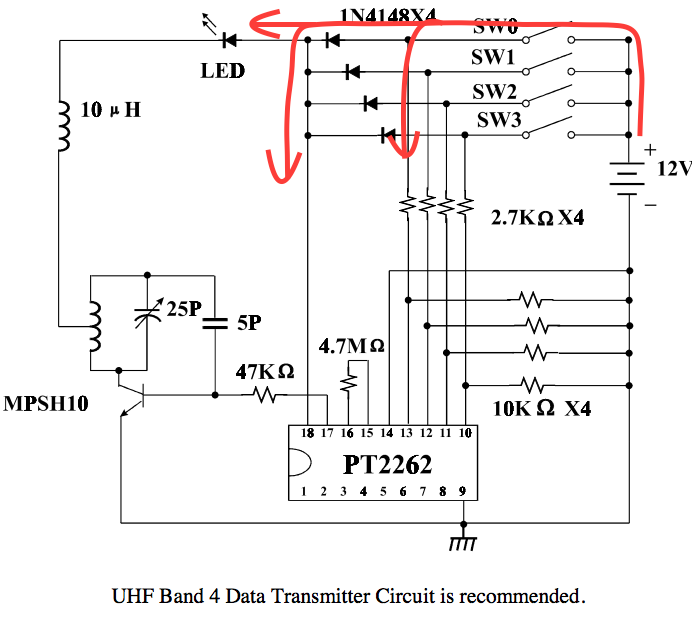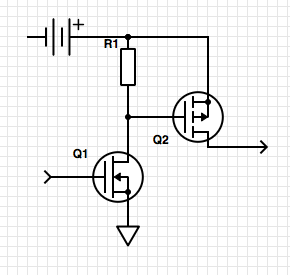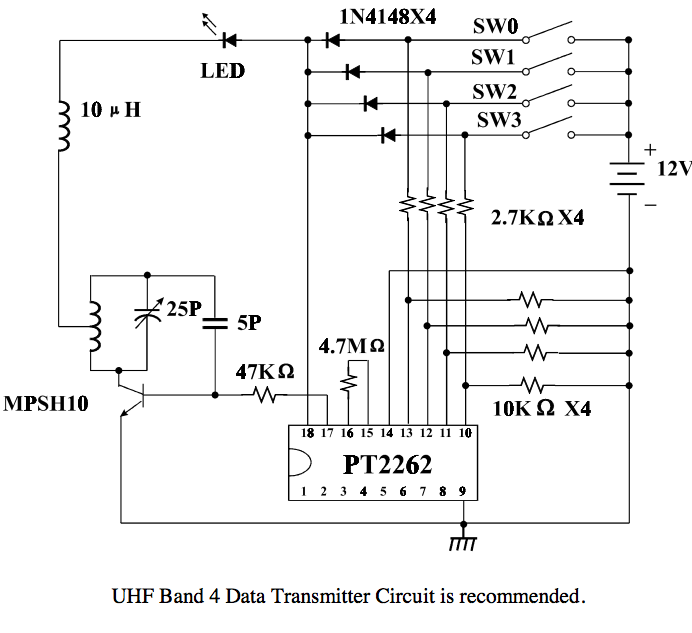One of the most complex parts of doing home automation is controlling mains devices such as lights. Specialised modules are expensive, while open source / DIY solutions take a bit of time to assemble and are dangerous to debug.
At the same time 4-way remote controlled light switches are available online for under $10 delivered on Amazon and even cheaper on Aliexpress or eBay.
Remote controls of these switches operate at 12v rather than mains supply, making them perfect candidates for hacking and connecting to fully-featured home automation software.


